Persian Rice Cookies (Nan-e Berenji)
One of the best things I tasted in Iran was a cookie. On the tray next to the rosewater flavored walnuts, almond baklava, salty dried cherries and pistachio nougat, little pale rounds topped with poppyseeds looked the least impressive of the lot. But when I bit into one biscuit, and it melted into buttery cream in my mouth, I was instantly smitten. That’s how I discovered rice cookies, Nan-e Berenji, the classical Iranian pastries.

Nan-e Berenji has a delicate sablé-like texture and a rich perfume of cardamom. Throughout my trip, I looked for this simple confection in every town I visited, but none have rivaled the version I found in Yazd, a city famous for sweets. Yazdi rice cookies were the same golden color as the adobe walls of the ancient town, and a simple shape belied their decadent flavor.
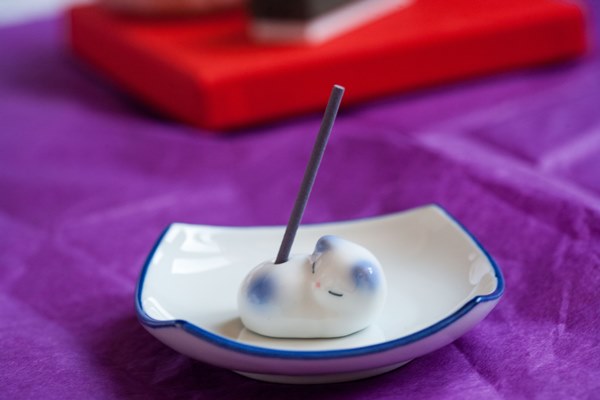
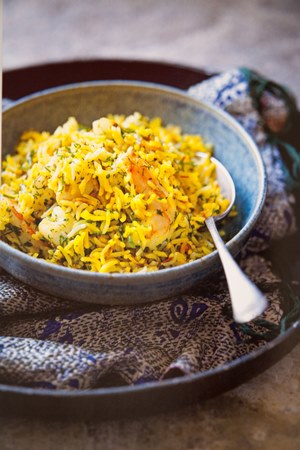
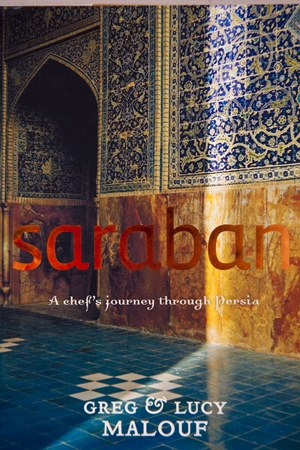

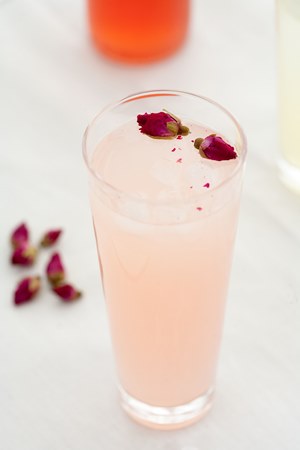














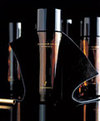

Yuliya Luk in Hermes Un Jardin Sur Le Nil : Fragrance Review: I want to say that after trying many perfumes from Hermes, I was not ready to buy them and use them. I received this scent as a gift from my… April 25, 2024 at 9:30pm